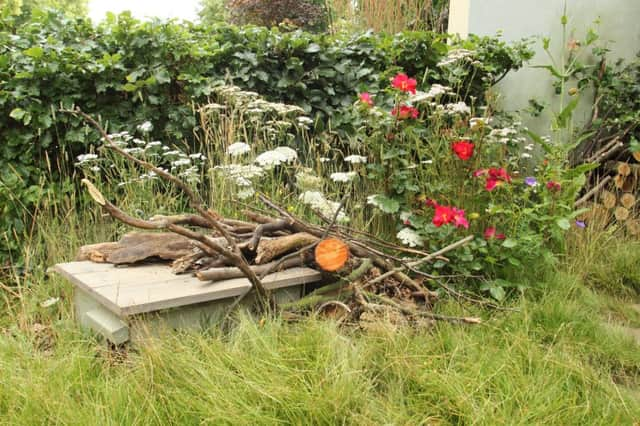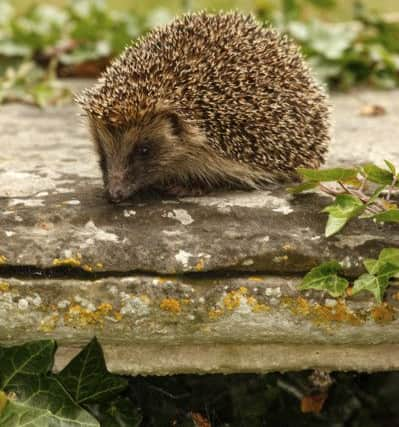A prickly subject


So, what can gardeners do about it? This year, the RHS and The Wildlife Trusts are teaming up with the campaign Hedgehog Street during Wild About Gardens Week to encourage us to make gardens, schools and community spaces hedgehog-friendly.
“Improving your gardens for invertebrate groups will encourage hedgehogs into the garden, as insects, slugs, snails and earthworms are the hedgehog’s natural food source,” says Helen Bostock, RHS senior horticultural adviser.
Advertisement
Hide AdAdvertisement
Hide AdHedgehogs are not herbivores, so will not feast on leaves, flowers or other plant matter, but they will feed on the pollinating insects and other species which are attracted to particular plants.


As well as feeding on slugs and snails, hedgehogs also eat groups of beetles, caterpillars, earthworms and even birds’ eggs, as well as meat-based dog and cat food, or dry hedgehog food available from garden centres and online.
“There’s going to be an indirect benefit when it comes to plant choice,” says Bostock. “If you increase invertebrates you will encourage the hedgehogs’ natural food sources.”
At this time of year, just before hibernation, good pollinating plants including asters, dahlias, Japanese anemones, sedums and Verbena bonariensis will all encourage just the type of invertebrates hedgehogs need to get them through the winter.
Advertisement
Hide AdAdvertisement
Hide AdAt other times of the year, a mix of flower shapes will attract a variety of insects, from tall foxgloves, to climbing honeysuckles, ornamental alliums, salvias, single flowered roses and herbs, including rosemary and chives.
Bear in mind that hedgehogs only have short legs and don’t do well on steep inclines, she says.
“Remove potential hazards. Any steep sides on ponds can lead to hedgehogs drowning. Create a gentle ramp to allow them easy access in and out of the water.
“Check bonfire piles before you light them, as hedgehogs may be hiding underneath them and be careful when strimming long grass, where they may be found. Also, don’t leave litter or items like fruit cage netting loose for hedgehogs to get caught up in. Open drains and trenches can also cause problems.”
Advertisement
Hide AdAdvertisement
Hide AdWild About Gardens Week will also be encouraging people to create 13cm x 13cm hedgehog holes in fences, walls and other barriers to allow these creatures to access different gardens for food and shelter.
“Solid boundaries are problematic for hedgehogs,” says Bostock. “Adults travel between 1-2km per night and need that space to forage.”
Gardeners should not cut everything back as soon as late autumn arrives, she says. Leave some stems standing to provide effective cover and if you want to buy or make hedgehog shelters, make sure they are sturdy and that their holes are big enough for access, and place them in a quiet spot with natural cover such as leaves, so that rain doesn’t flood the shelter.
To illustrate the point, RHS Harlow Carr in Yorkshire is launching three gardens which are each 5m x 5m - one contemporary, one formal and the other wild - with small holes in the boundaries to allow hedgehog access, featuring planting which will attract invertebrates and hedgehog shelters.
Advertisement
Hide AdAdvertisement
Hide AdLeafy plants including hostas, which provide both cover and attract slugs and snails, which are food for hedgehogs, are featured in the gardens, as are willow shelters, short grasses and bare soil, where they can forage for worms.